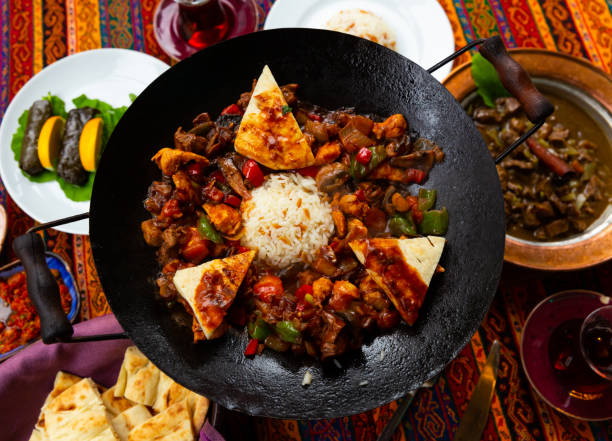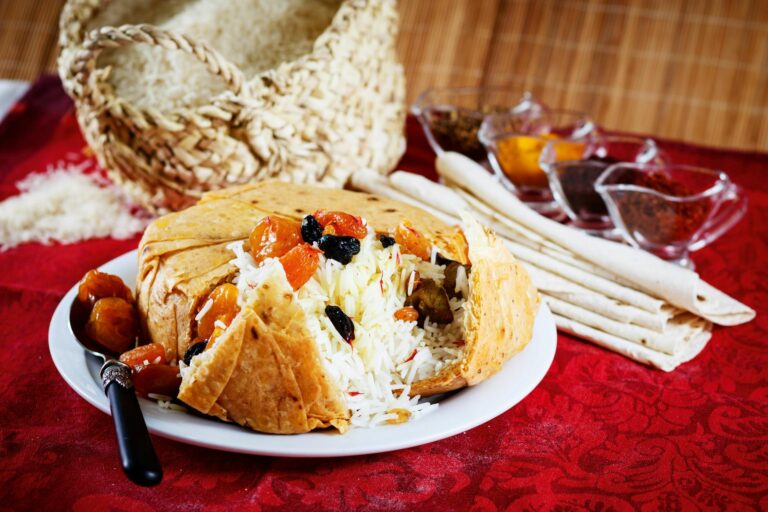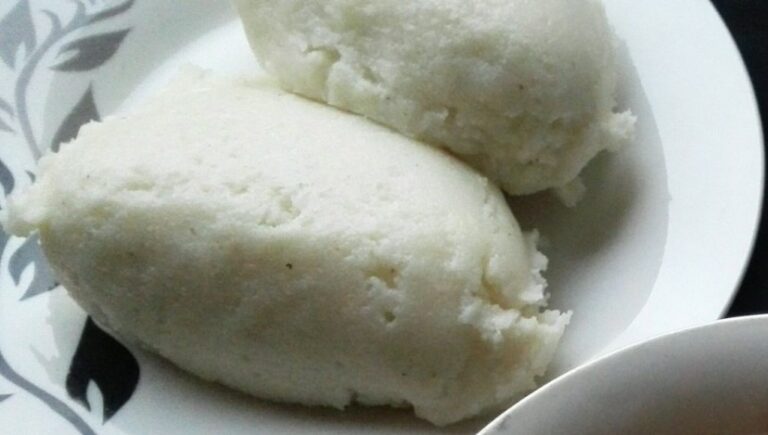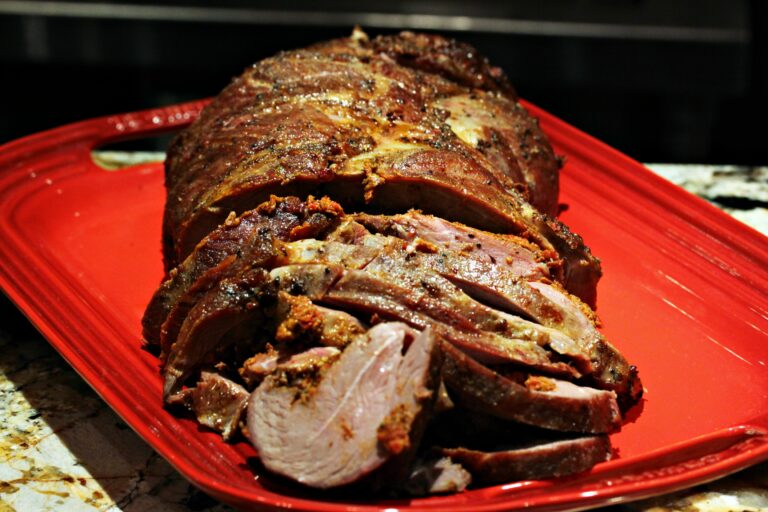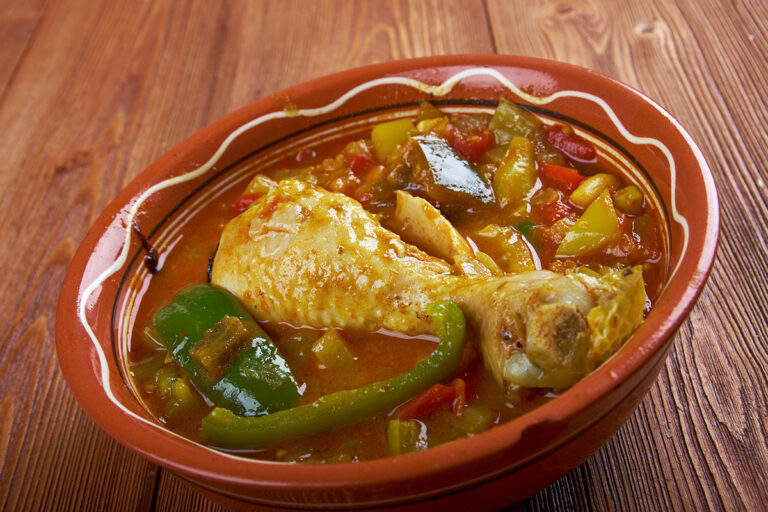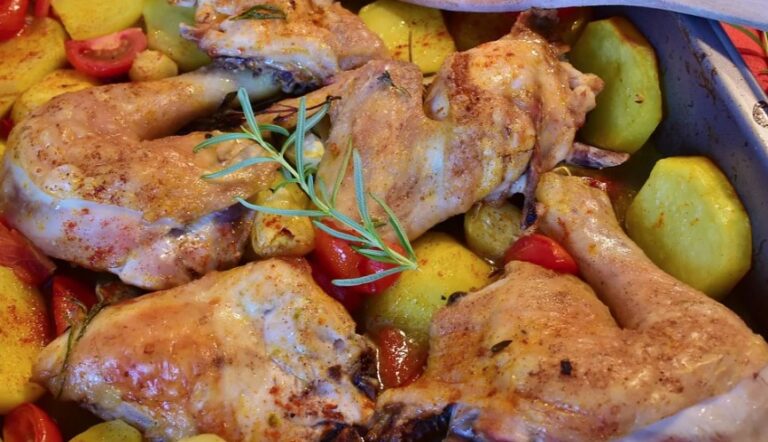Introduction: Bahamian Cuisine
Bahamian cuisine is a rich blend of African, European, Caribbean, and Native American influences that reflect the country’s diverse cultural heritage. The cuisine is characterized by a fusion of flavors, spices, and ingredients that are unique to the region. The Bahamas is an archipelago of over 700 islands, with an abundance of seafood, tropical fruits, and vegetables, making it easy to source fresh, local ingredients for their dishes.
Seafood: The Heart of Bahamian Cuisine
Seafood is the heart of Bahamian cuisine. The Bahamas is surrounded by warm, clear waters that are home to a wide range of fish, shellfish, and crustaceans. Popular seafood dishes include fish chowder, boiled fish, fried fish, conch salad, and lobster. Other seafood ingredients that are commonly used in Bahamian cuisine include crab, shrimp, and crawfish.
Conch: The Quintessential Bahamian Ingredient
Conch is a type of sea snail that is a quintessential Bahamian ingredient. Conch is used in a variety of dishes, including conch fritters, conch salad, cracked conch, and conch chowder. Conch has a firm, white flesh that is both sweet and savory, making it a versatile ingredient. Conch is also a popular ingredient in Caribbean and Latin American cuisine.
Peas and Rice: A Bahamian Staple
Peas and rice are a staple in Bahamian cuisine. The dish is made with pigeon peas, rice, and a variety of spices, including thyme, garlic, and bay leaves. It is often served as a side dish to seafood or meat dishes. Peas and rice can also be made with other types of beans, such as black-eyed peas, and is known as “peas n’rice.”
Tropical Fruits: A Delicious Addition to Bahamian Dishes
Tropical fruits are a delicious addition to Bahamian dishes. The Bahamas is home to a variety of fruits, including mangoes, papayas, pineapples, guavas, and coconuts. These fruits are often used in desserts, drinks, and sauces. For example, guava duff is a popular Bahamian dessert made with guava, sugar, and flour.
Spices: Adding Flavor to Bahamian Cuisine
Spices are an essential ingredient in Bahamian cuisine. The cuisine is known for its bold flavors, and spices play a crucial role in achieving this. Some of the most common spices used in Bahamian cuisine include thyme, allspice, ginger, nutmeg, and cinnamon. These spices are used in various dishes, such as stews, soups, and curries.
Bush Teas: A Unique Bahamian Beverage
Bush teas are a unique Bahamian beverage that is made with local herbs and spices. These teas are often used for medicinal purposes and are believed to have healing properties. Some of the most popular bush teas include soursop tea, lemongrass tea, and fever grass tea. These teas can be enjoyed hot or cold and are often served with honey or sugar.
Sweet Treats: Indulging in Bahamian Desserts
Bahamian desserts are a sweet indulgence that reflects the country’s cultural heritage. Some of the most popular desserts include guava duff, rum cake, pineapple tart, and coconut tart. These desserts are often made with local ingredients, such as tropical fruits and coconut. Bahamian desserts are enjoyed on special occasions, such as Christmas and Easter, and are a favorite among locals and tourists alike.
In conclusion, Bahamian cuisine is a flavorful fusion of different cultures and ingredients that reflect the country’s rich heritage. From seafood to tropical fruits, spices to bush teas, and sweet treats, Bahamian cuisine offers a unique culinary experience that is sure to delight any food lover.


